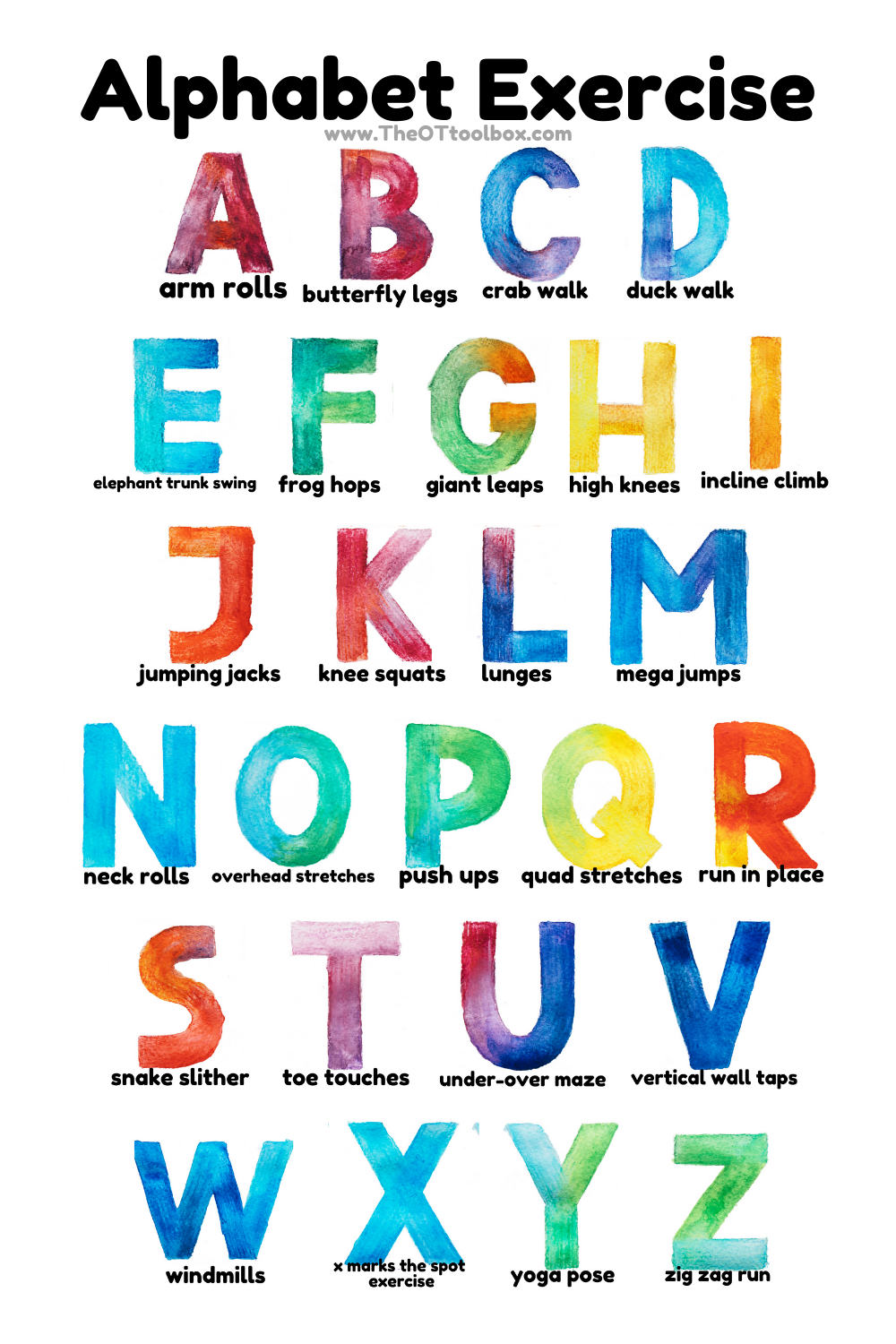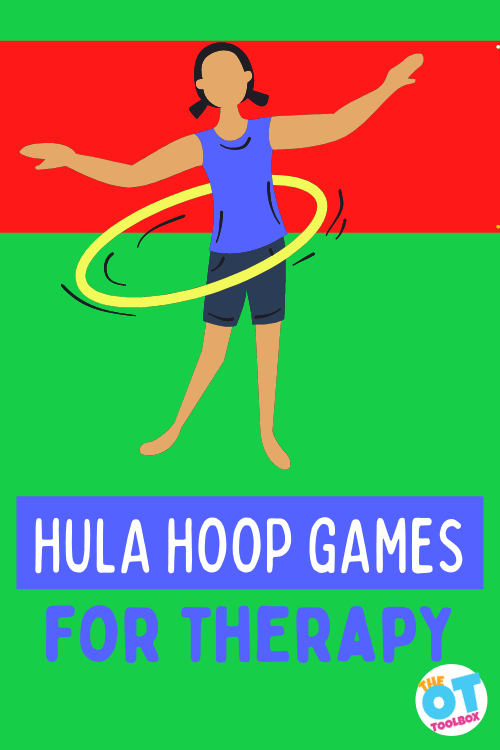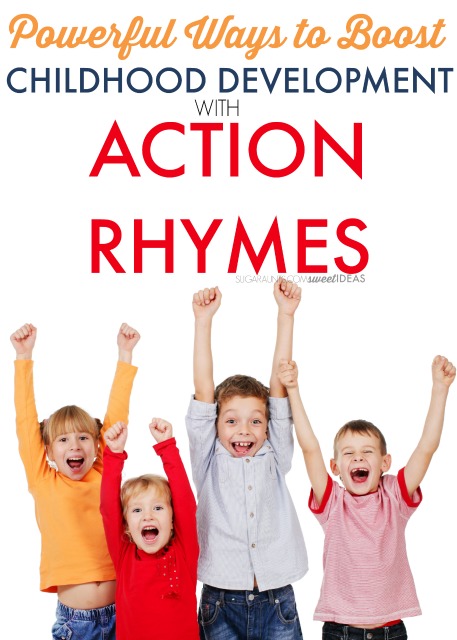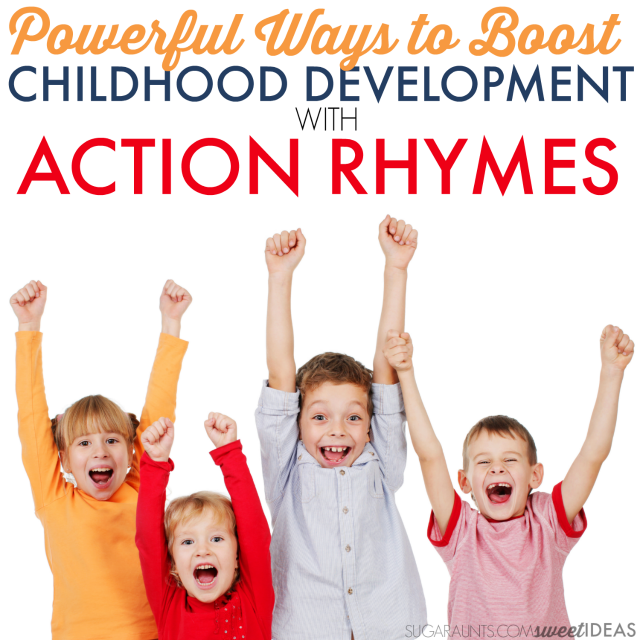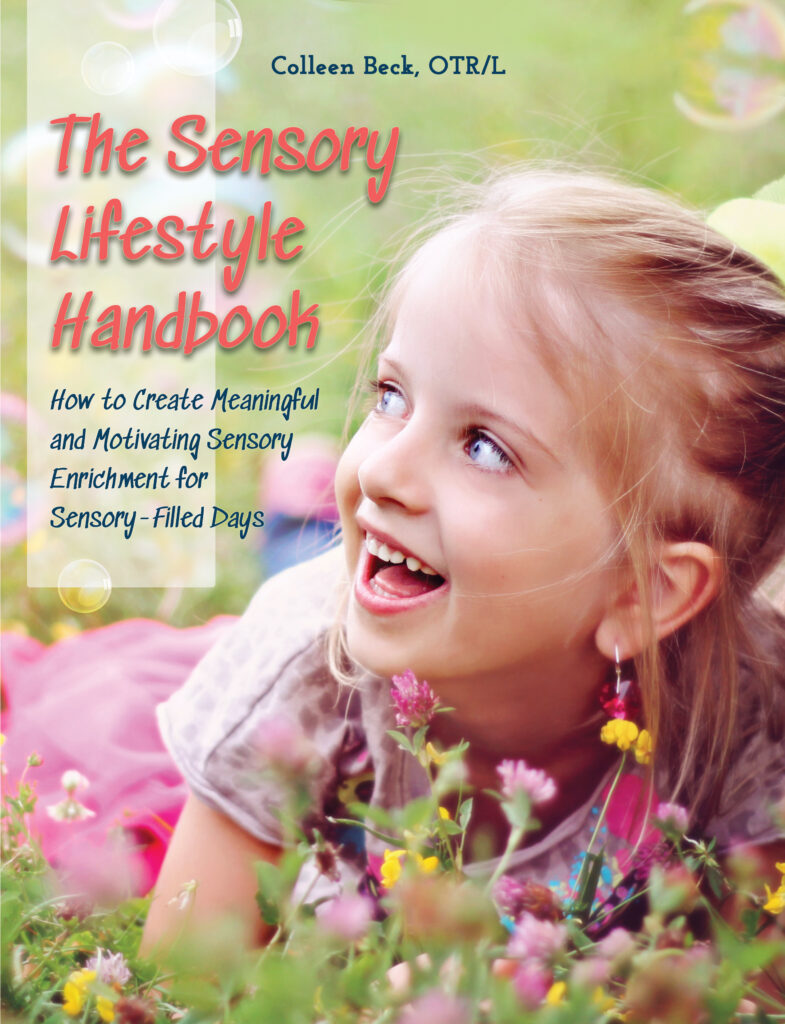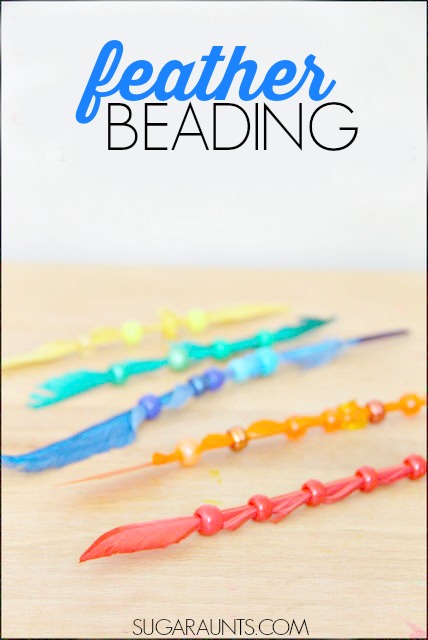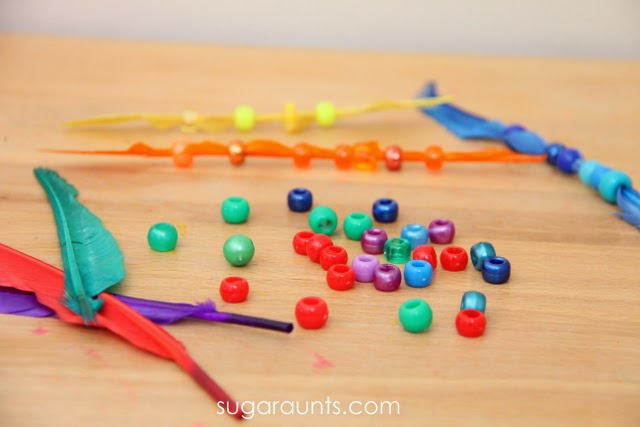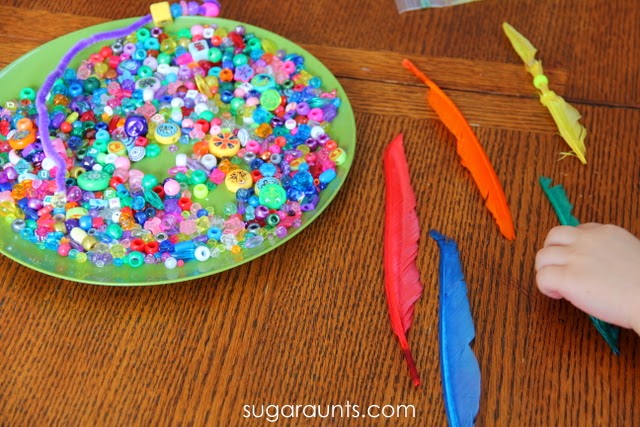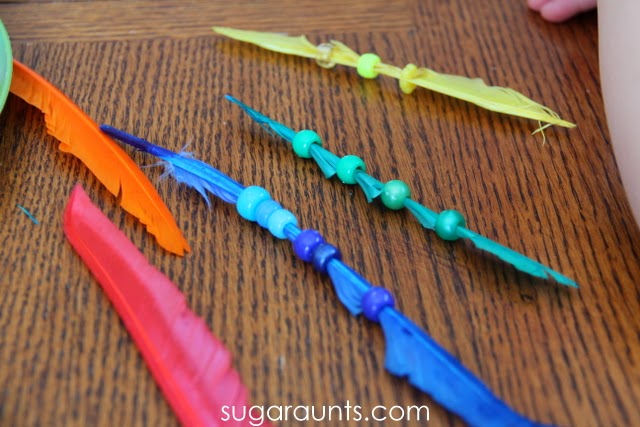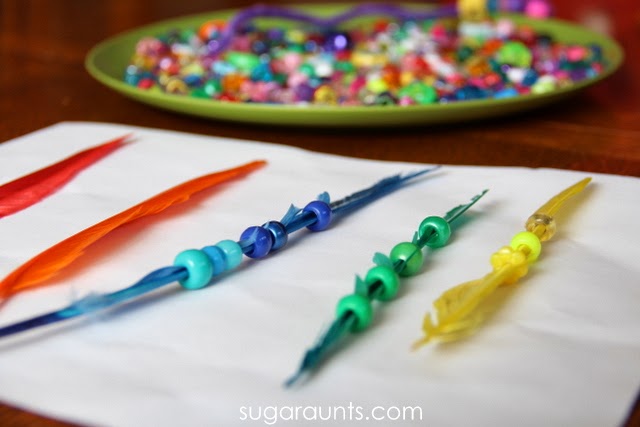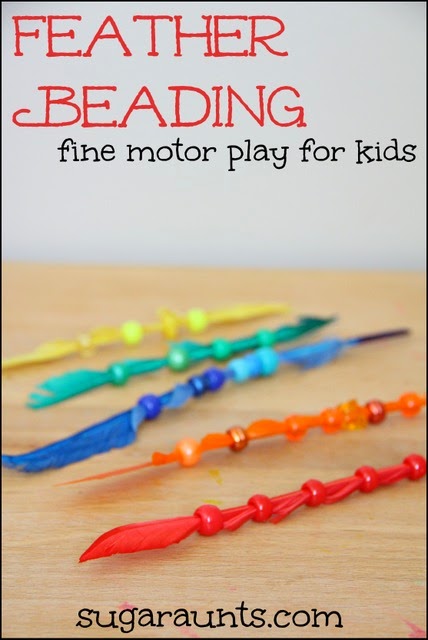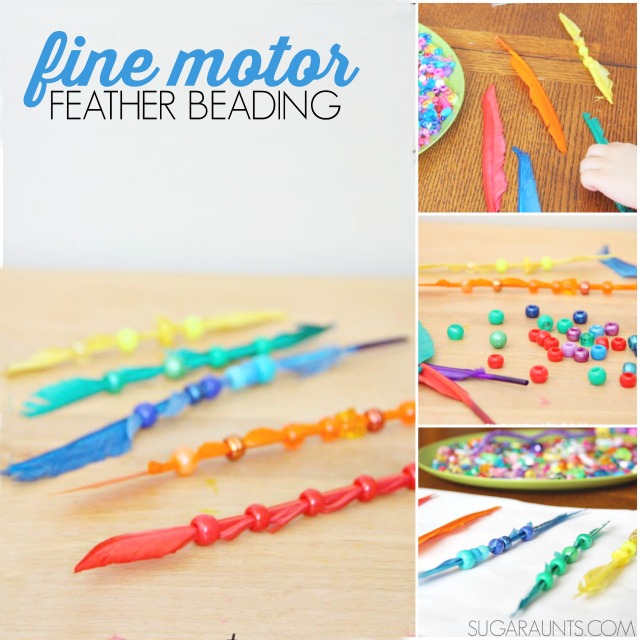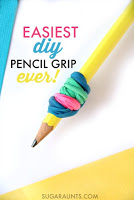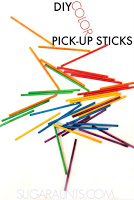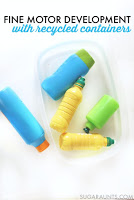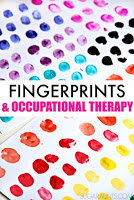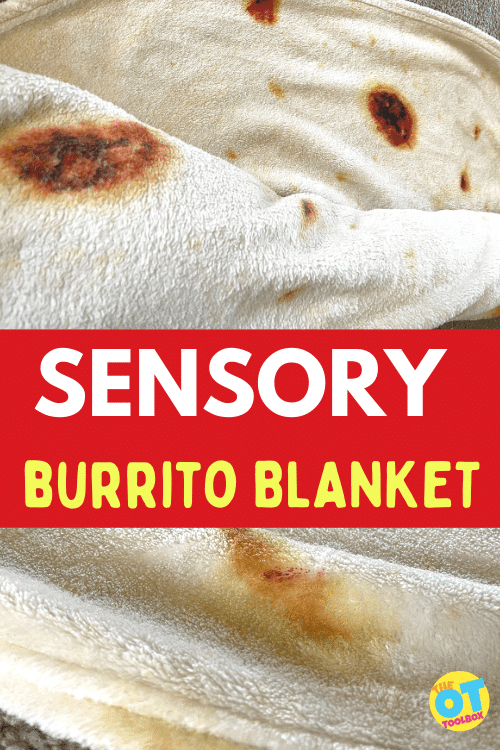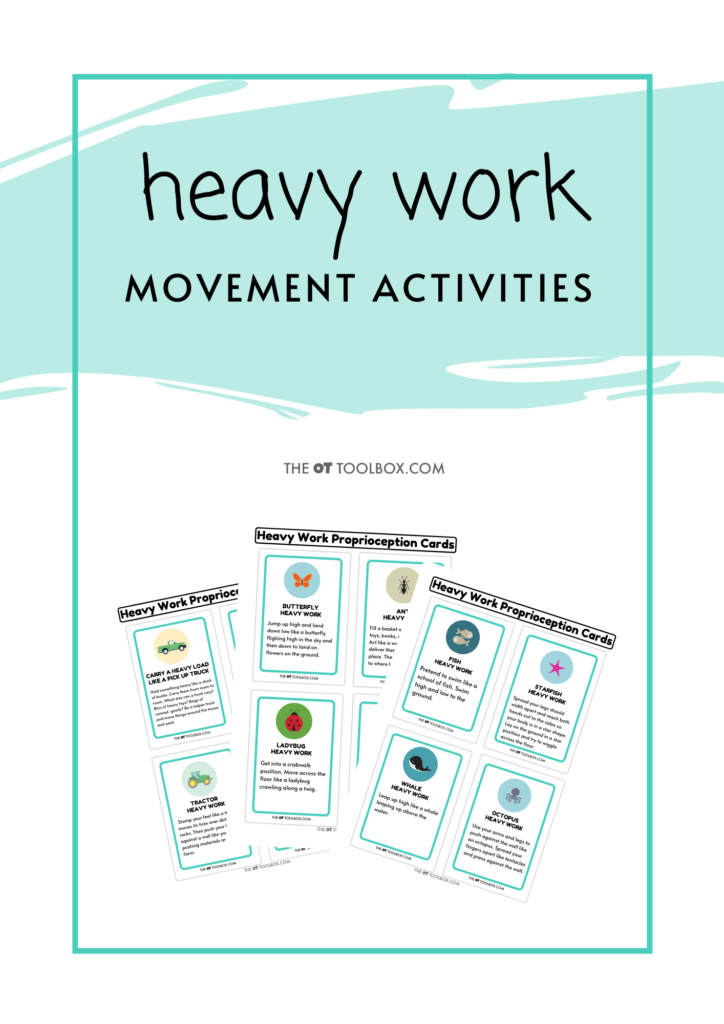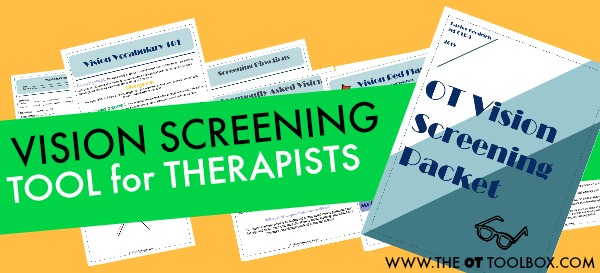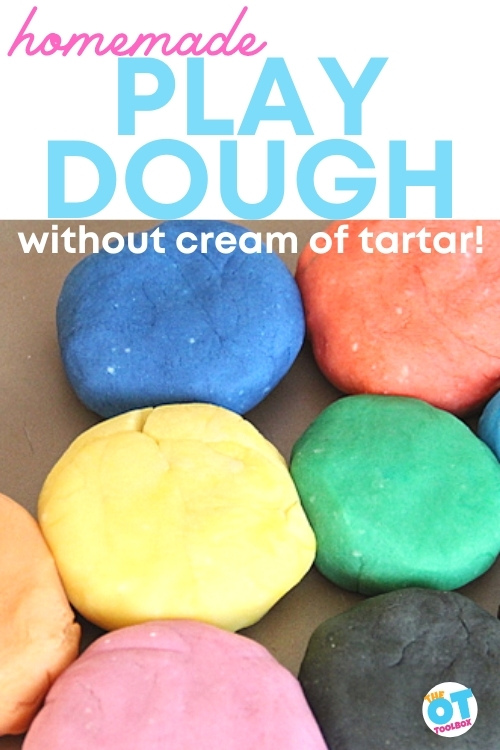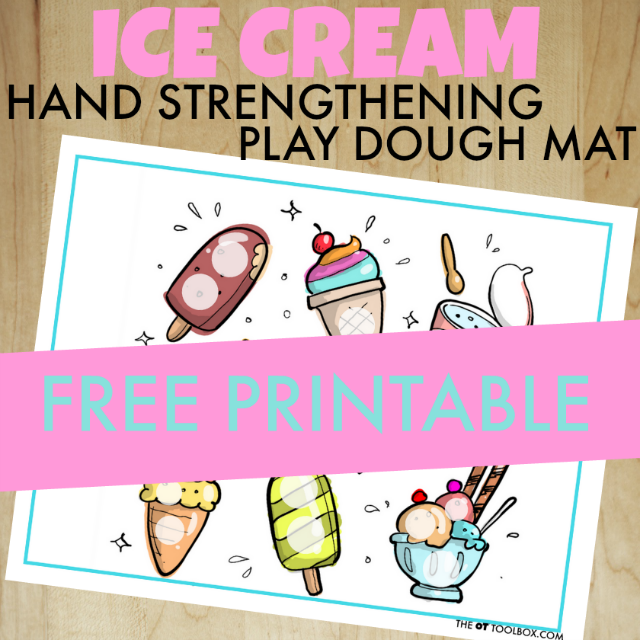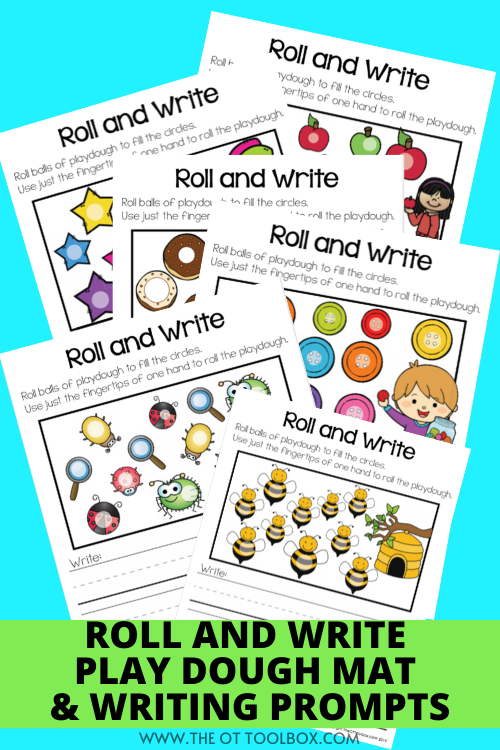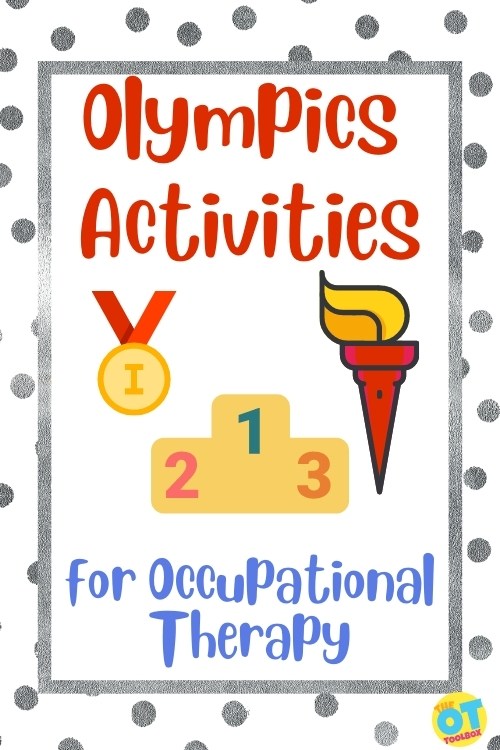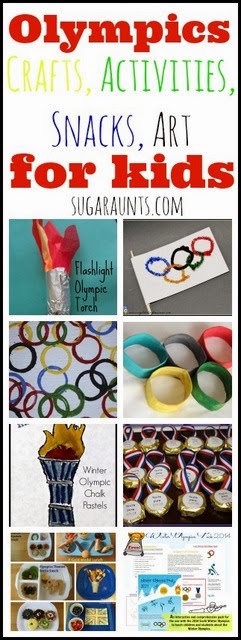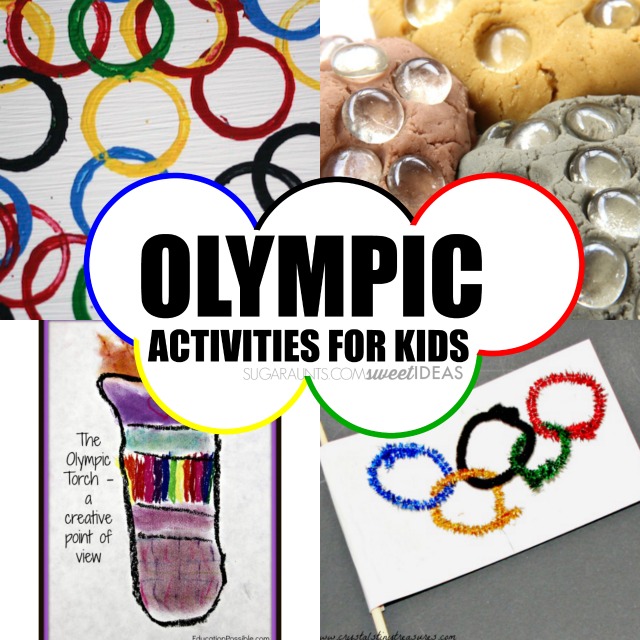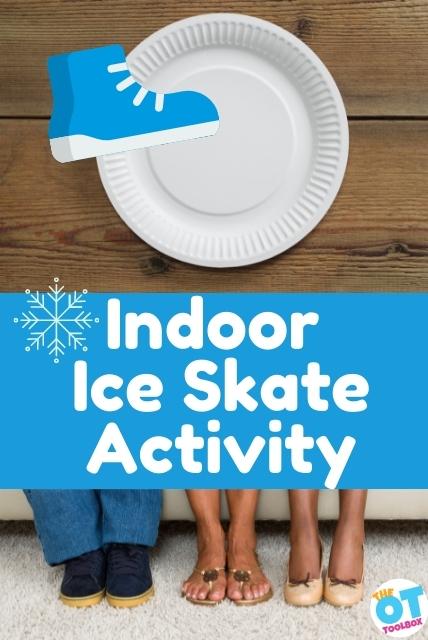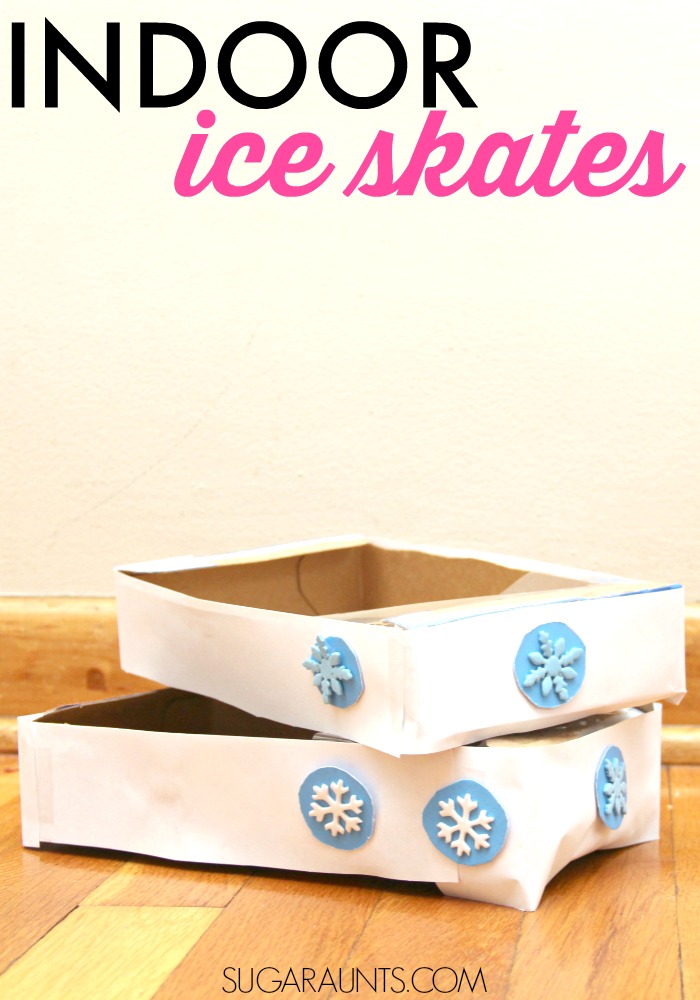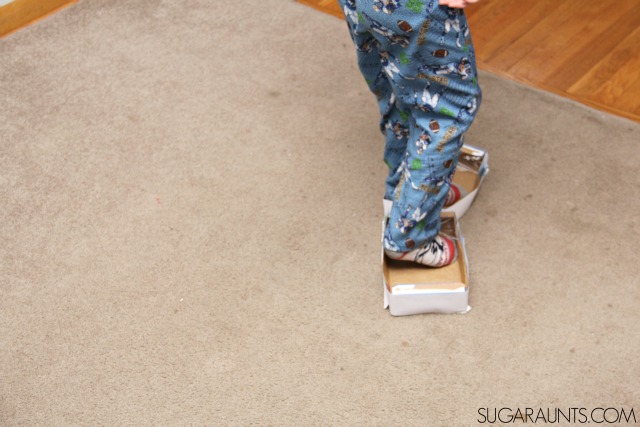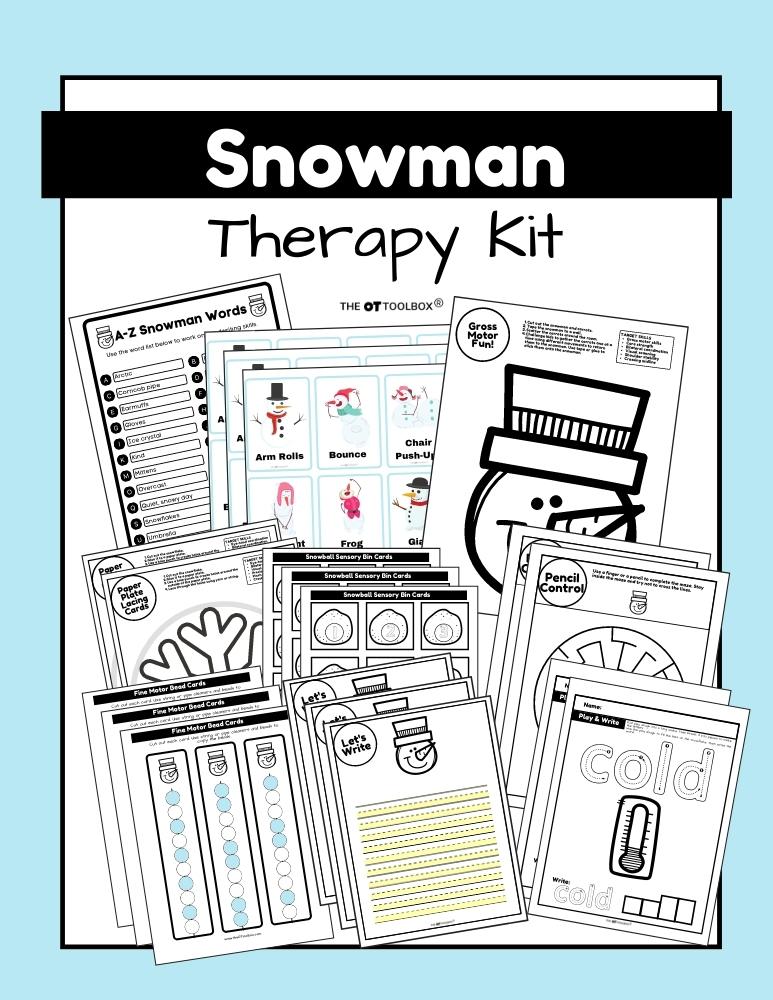Exercise for kids is so important on many levels. Use these alphabet exercises to help build skills, and get the kids moving with an alphabet theme. Add this alphabet for kids activity to your list of gross motor coordination activities.
Why Use these Alphabet Exercises?
In therapy, we look to help children build their gross motor skills, core strength and endurance, body awareness, motor planning, and self-regulation skills. It is recognized that regular exercise can help defend against childhood mental health and behavioral disorders, such as anxiety and depression.
The consistent engagement in physical activity promotes overall health and wellness and provides a more grounded mindset for daily living and participation in life activities.
These alphabet exercises were actually created as a resource in 2020, when many children were working remotely. With all of the time that children spent completing school work as part of teletherapy activities, or even their increased time engaging with electronics at home, they needed encouragement to exercise or simply participate in physical activity during the day.
However, there is even more of a need for these alphabet exercise even though most students are back to traditional learning environments. Students are on screens more than ever before. The symptoms of too much screen time is evident. Additionally, therapists are seeing more of a need to address self-regulation challenges in schools and in homes.
That’s where this movement-based alphabet for kids comes in as a support activity.
Research tells us that outdoor play is essential. However, even going outside to play or engage in motor skills is a challenge for some children!
Making exercise a fun playtime activity is the best way to help a child build skills while benefiting their health and wellness and keeping weight in check.
Exercise can build confidence and self-esteem, helping a child to feel better about themselves and increasing their overall happiness.
Alphabet Exercises
One way to engage children in activity is with a structured therapy band exercise program, however, occupational therapy home programs can be creative and use out-of-the-box ideas like this ABC theme exercise activity.
For a printable PDF version of this alphabet exercise page, scroll to the bottom of this page and enter your email address.
These letter exercises are also available in an interactive Google slide deck where students can move parts of the slide as they complete each letter activity. Click here to access that ABC exercises slide deck.

Alphabet Gross Motor ACTIVITIES
Would you like a playful way to engage a child or children in therapy exercises or in a home exercise program?
How about trying this fun ABC’s of Exercise activity page? There are many ways to use these alphabet exercise letters in learning and occupational therapy activities guided by individual goals.
- Children can either spell words or even their names to engage in the physical activity which accompanies each letter.
- Use some homework spelling words and perform the exercises related to them! Wow…homework AND exercise!
- Another easier way to play is by placing either A through Z foam letters, Bananagrams, or Scrabble tiles into a bag or basket and then have the child pull one letter out at a time and match it to the corresponding letter on the ABC’s of Exercise chart to perform the exercise listed.
- Work through the child’s name for an individualized exercise program.
- Add the letter gross motor activities to a letter of the week learning program.
Don’t have foam letters or board game letter tiles? No worries, just grab some puzzle pieces, folded pieces of paper, beans or craft sticks and write the letters on them!
Toss any of these into a bag or basket and pick one…easy and cheap! You can also incorporate some handwriting with this activity too by having them write each exercise letter or a word beginning with that letter after they complete the exercise.
The best part about this activity page is that it is open-ended so you (or they) get to determine how many to perform of each exercise and how many exercise letters to perform.
In addition to being open-ended, this activity page provides a wonderful opportunity for teaching students exercises which can later be used when the child is feeling heightened and needing some self-regulation intervention tools.
Use the activity sheet as an inclusion tool for a whole class activity, small group or individual therapy session, or even as a supplement to a motor pathway in the school building! Have the child do the activity that spells their name when using it as part of a motor pathway in school!
The following list are the exercises and their descriptions which are utilized in the ABC’s of Exercise resource:
ABC Exercises:
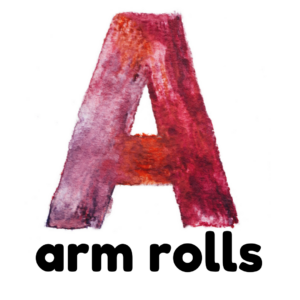
Arm rolls – Have child lift arms out from their sides and rotate arms in small circular patterns, first forward and then backward.
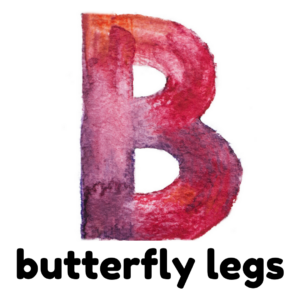
Butterfly legs– Have child sit on the floor with legs flexed and bottom of feet touching. Then have them flap their legs up and down to resemble the wings of a butterfly.
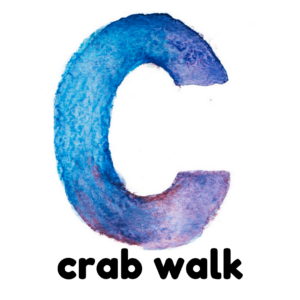
Crab walk – Have child sit on the floor, lean back on their arms and lift their body up with their legs and arms to walk along the floor resembling the walk of a crab.
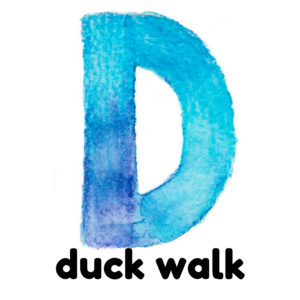
Duck walk – Have child squat down and walk on the floor while squatted resembling the walk of a duck. Add having them bend their arms up to make them look like duck wings.
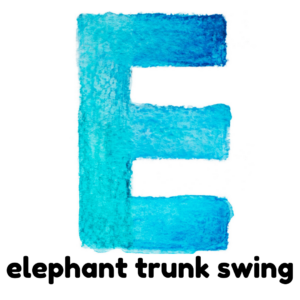
Elephant trunk swing – Have child stand up and lean forward with arms extended and fingers linked together. Once this position is achieved, have child sway their arms left and right resembling an elephant’s trunk.
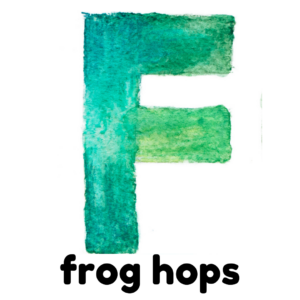
Frog hops – Have child squat down on the floor with their arms in front of them and have them leap forward as far as possible resembling a jumping frog. Do this repeatedly.
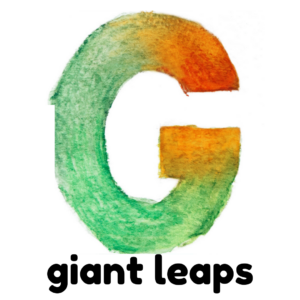
Giant tape lines – Place tape lines on the floor to work on jumping from line to line or complete giant jumps by attempting to jump as far as possible from a standing position.
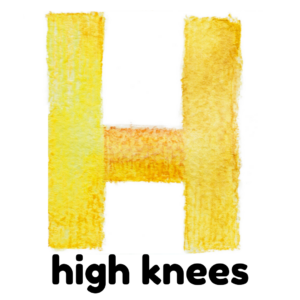
High knees – Have child lift alternating knees up to hands for tapping and while marching around the room. Have them lift knees as high as possible.
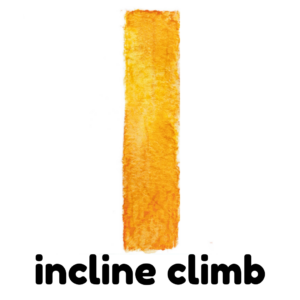
Incline climb – Have child climb up a slide, long wedge or hillside or toss the couch cushion or even the bed mattress in the floor and make a ramp. If all else fails, just use the stairs!
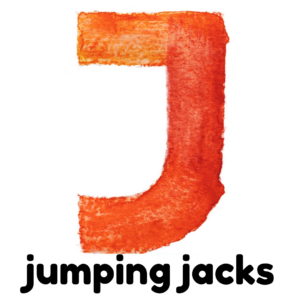
Jumping jacks – Have child start by standing with arms out to their sides and legs together then have them jump while spreading their legs and feet apart and arms up and over their head. Follow with bringing arms back to sides and legs and feet back together.
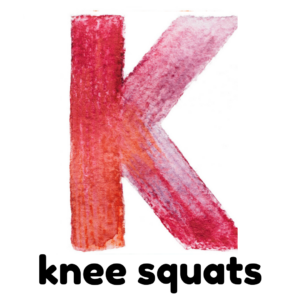
Knee squats – Have child start with standing up and then squatting to floor and back up again, repeatedly.
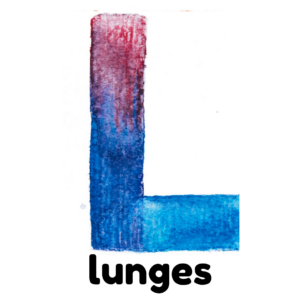
Lunges – Have child step forward with one leg and lower their hips until both knees are bent, then push back up to starting position. Alternate legs.
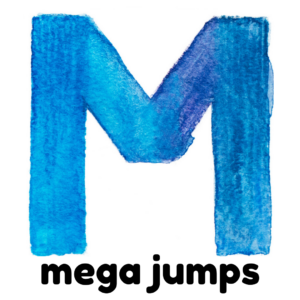
Mega jumps – Have child jump from a higher level to the floor, either from a chair, sofa, steps, etc. or they could also simply try to jump as far as possible forward and then try to jump farther each time to beat their last distance.
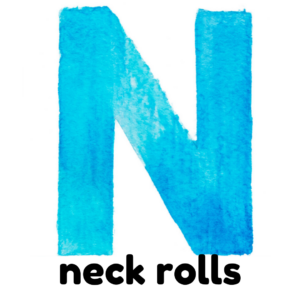
Neck rolls – Have child stand or sit to roll their neck and head in a circular pattern from left to right and from right to left.
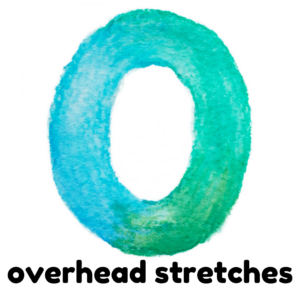
Overhead stretches – Have child reach up overhead, link fingers together (a great finger strength exercise) and stretch arms up as high as possible. Add standing on tiptoes to make it really high.
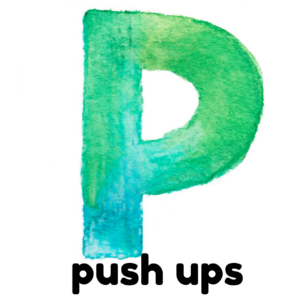
Push-ups – Have child lie on the floor and push their body up with their hands and arms. If a regular push-up is too difficult, complete knee push-ups by simply weight bearing on flexed knees while completing push-ups rather than trying to weight bear on toes.
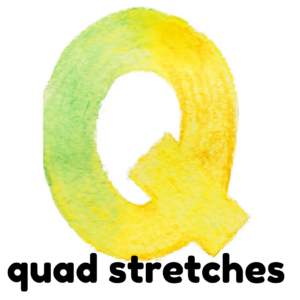
Quad stretches – Have child perform, sit to stands and stand to sits, while sitting in a chair. Do this repeatedly.
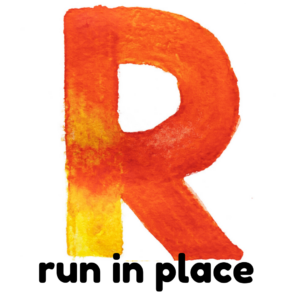
Run in place – Have child run in place for a specific amount of time such as while counting to 20.
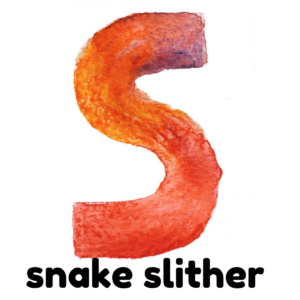
Snake slither – Have child lie on their stomach and move their body forward trying to keep as much of their body in contact with the floor as possible, similar to an army crawl.
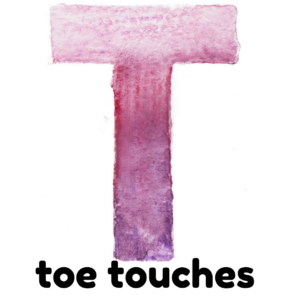
Toe touches – Have child stand and bend over to touch their toes with their fingers and back up to standing. Do this repeatedly.
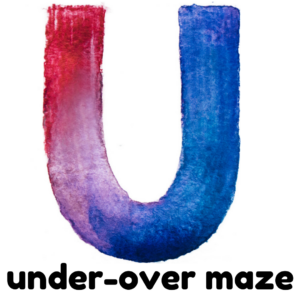
Under/over laser maze – Create a laser maze with use of tape, string, or streamers in the hallway and have child go under and over to move through it. Or have them crawl under tables and over furniture to achieve under/over.
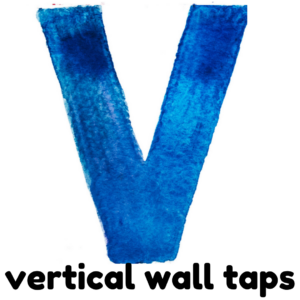
Vertical wall taps – Have child stand beside a wall and jump to tap the wall attempting to beat their last height touched with each jump.
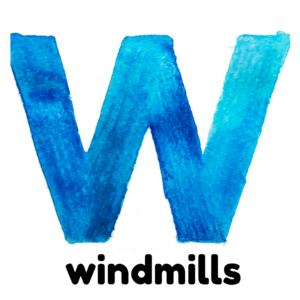
Windmills – Have child stand with arms and legs out to the sides. Have them bend over to touch right fingertips to left toes and back up to standing and then bend to touch left fingertips to right toes and back up to standing.
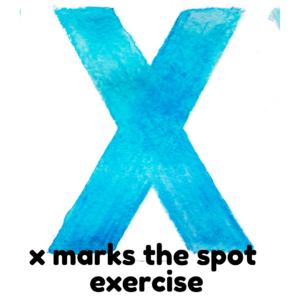
X-marks the spot exercise – Have child cross over legs and feet and cross over arms and hands while jumping to create X patterns with extremities. Or complete ‘X’ cross crawls to work on cross-lateral activity of extremities.
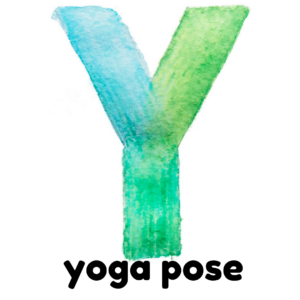
Yoga poses – Have child pick a yoga pose to complete, such as cat pose, cobra pose, or shark pose.
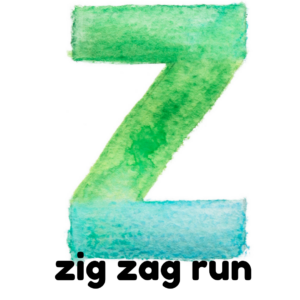
Zig-zag run – Use small obstacles to create a zig zag course or simply attempt to run a zig zag pattern.
With home learning, indoor activities, and social distancing upon us, this exercise activity page will help meet the needs of your child so they can get in their daily exercise while also releasing some extra “cooped up” energy!
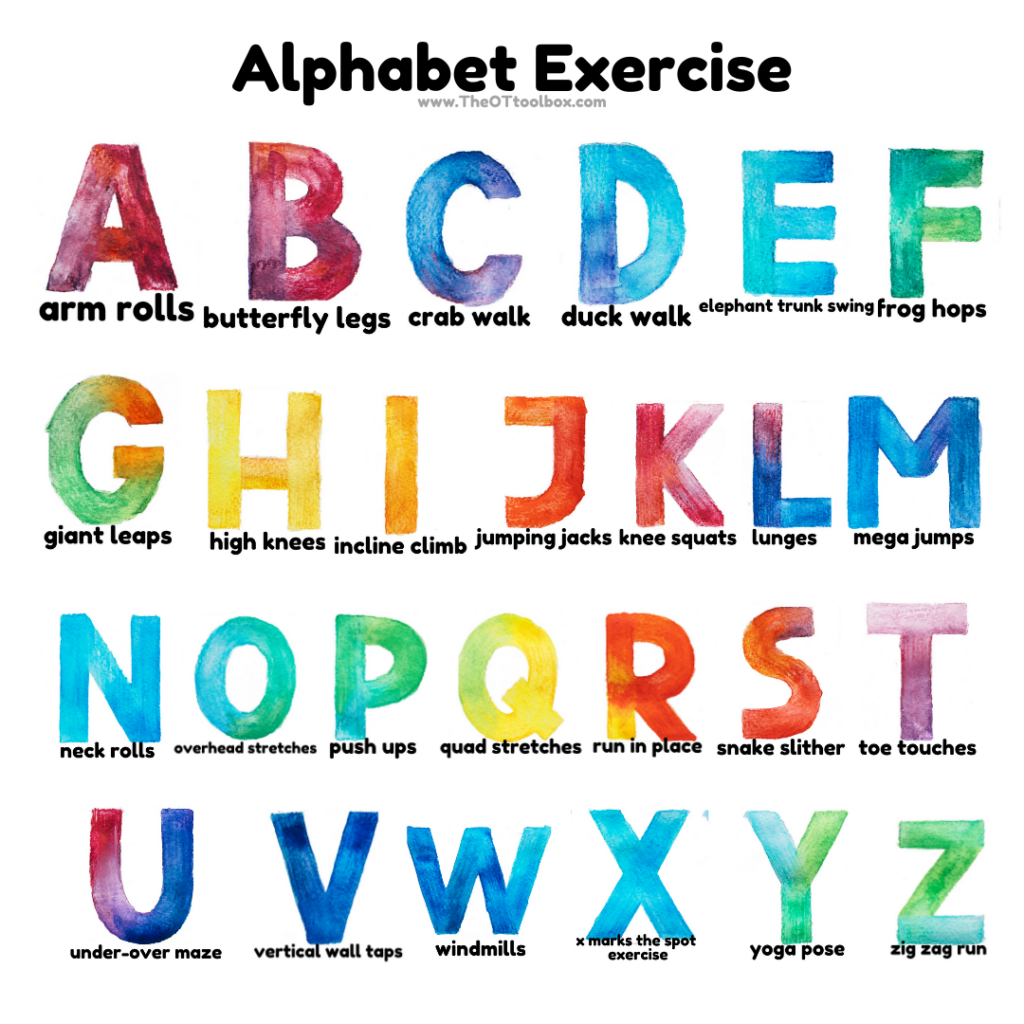
FREE Alphabet Exercise PDF
Enter your email address below to access this free ABC PDF to add heavy work, core strength, movement, and gross motor skills with an alphabet theme. Use the printable alphabet exercise PDF as a poster for learning letters through movement.
Best of all this alphabet for kids activity supports learning through play!
Resources:
Educating the Student Body: Taking Physical Activity and Physical Education to School. Editors: Harold W. Kohl, III and Heather D. Cook. Authors: Committee on Physical Activity and Physical Education in the School Environment; Food and Nutrition Board; Institute of Medicine. Washington (DC): National Academies Press (US); 2013 Oct 30.
This post was written by contributor author, Regina Parsons-Allen.


